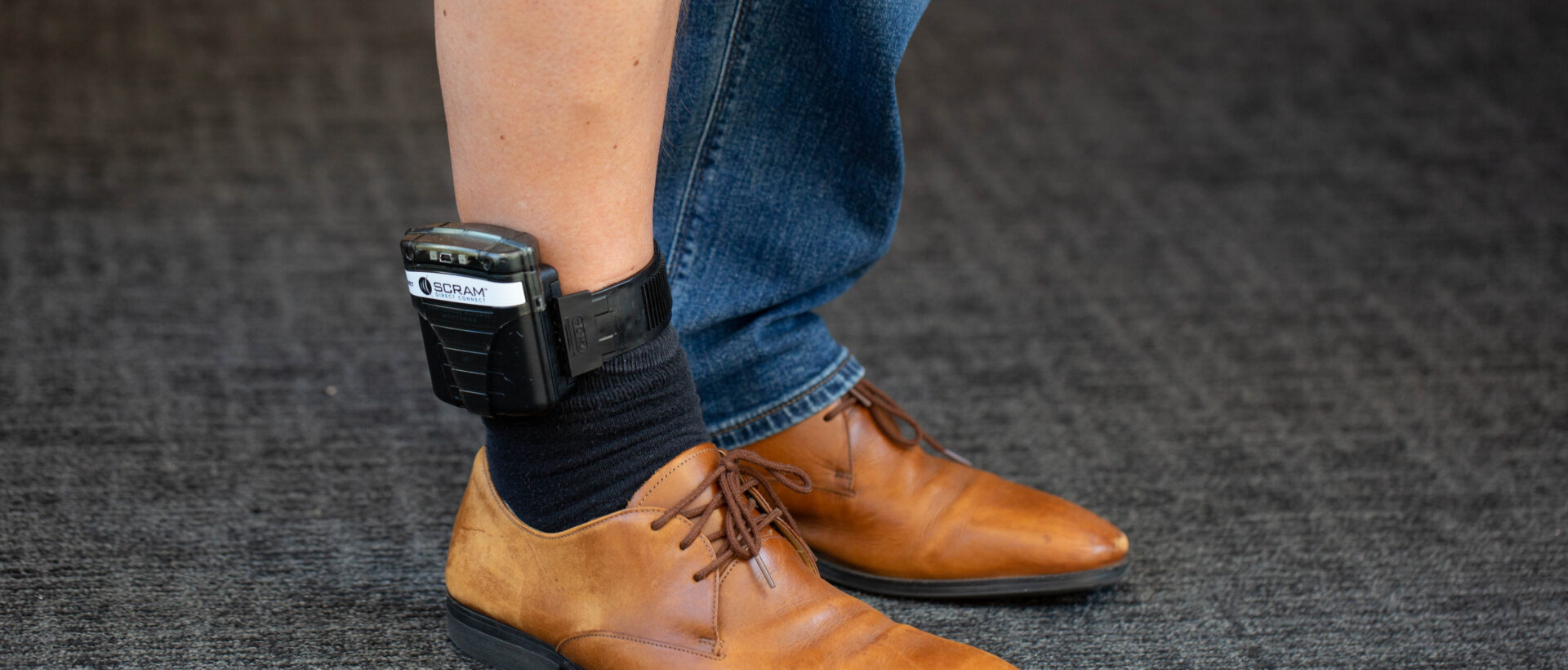
Did you know in 2022, 7% of adults were high risk or possible dependent drinkers?
By Angharad John: Reporting Scientist Team Manager
With the start of a new year comes plenty of resolutions, with Dry January being one that many take up.
At Lextox, we provide innovative technology that can test for alcohol consumption over a set period time. SCRAM Continuous Alcohol Monitoring® technology allows use to monitor an individual’s alcohol consumption 24/7 and is scientifically proven but how does it work?
There are many forms of alcohol testing available, including hair, blood, saliva, urine and nail. However, the results obtained by all of these alcohol tests are integrated results for the whole time period covered, making it difficult to pin-point on what specific day alcohol was consumed. If the case requires a higher degree of scrutiny, then other kinds of alcohol consumption tests may have to be considered.
This is where Secure Continuous Remote Alcohol Monitoring (SCRAM) is helpful. A SCRAM bracelet is fitted to the participant’s ankle and can provide a real time pattern of alcohol detection and a reliable, detailed test for alcohol.
The human body excretes approximately 1% of consumed alcohol in the form of perspiration (sweat). The SCRAM bracelet automatically monitors for alcohol consumption by collecting, sampling, and testing the perspiration from the air above the subject’s skin. This takes place once every 30 minutes (approximately 48 times a day). If an individual has been drinking alcohol, it will be detected in the form of ethanol vapor present in the perspiration.
We know that some may be concerned over participants trying to remove the bracelet, however, there is Tamper Technology contained within the SCRAM bracelet. This technology detects several different types of tampers: obstructions, removals, cut straps and damage, through a material called the Infrared (IR) sensor. Combinations of the IR sensor, temperature sensor and the fuel cell voltage can be used to confirm obstructions and removals. The IR sensor is used to make certain the SCRAM bracelet is on the participant and is used to detect materials being placed between the SCRAM bracelet and the leg, potentially blocking the faceplate. The IR sensor provides an IR beam between the SCRAM bracelet and the leg of the participant; the reflection of this beam is then measured in volts. When the SCRAM bracelet is placed on the participant, the IR sensor establishes an initial baseline reading. Variation outside of the acceptable variance for a prolonged period of time is an indication towards an attempt to defeat the technology of the SCRAM bracelet and prevent alcohol readings being obtained.

This small piece of technology provides plenty of data on alcohol consumption over a set period of time and could play a vital role in your case this month. If you’d like more information, or to book a fitting, get in touch with your local client manager today.
By Angharad John
Reporting Scientist Team Manager
Angharad has over 20 years’ experience in drug analysis and, for almost 15 years, has specialised in the examination of hair samples for drugs and metabolites and alcohol markers. Angharad regularly provides advice and result clarification to clients. In addition, having successfully completed training as an ‘Expert Witness’, Angharad has attended Family, Crown and the High court to provide expert evidence during her career. Angharad has a Bachelor of Science degree with Honours in Forensic Science and a Postgraduate Certificate in Medical Toxicology. She is additionally a member of the Society of Hair Testing (SoHT), The International Association of Forensic Toxicologists (TIAFT) and LTG (formerly the London Toxicology Group), and is a professional member of The Chartered Society of Forensic Sciences (MCSFS).

Published 16/01/24 – All information correct at time of publication

